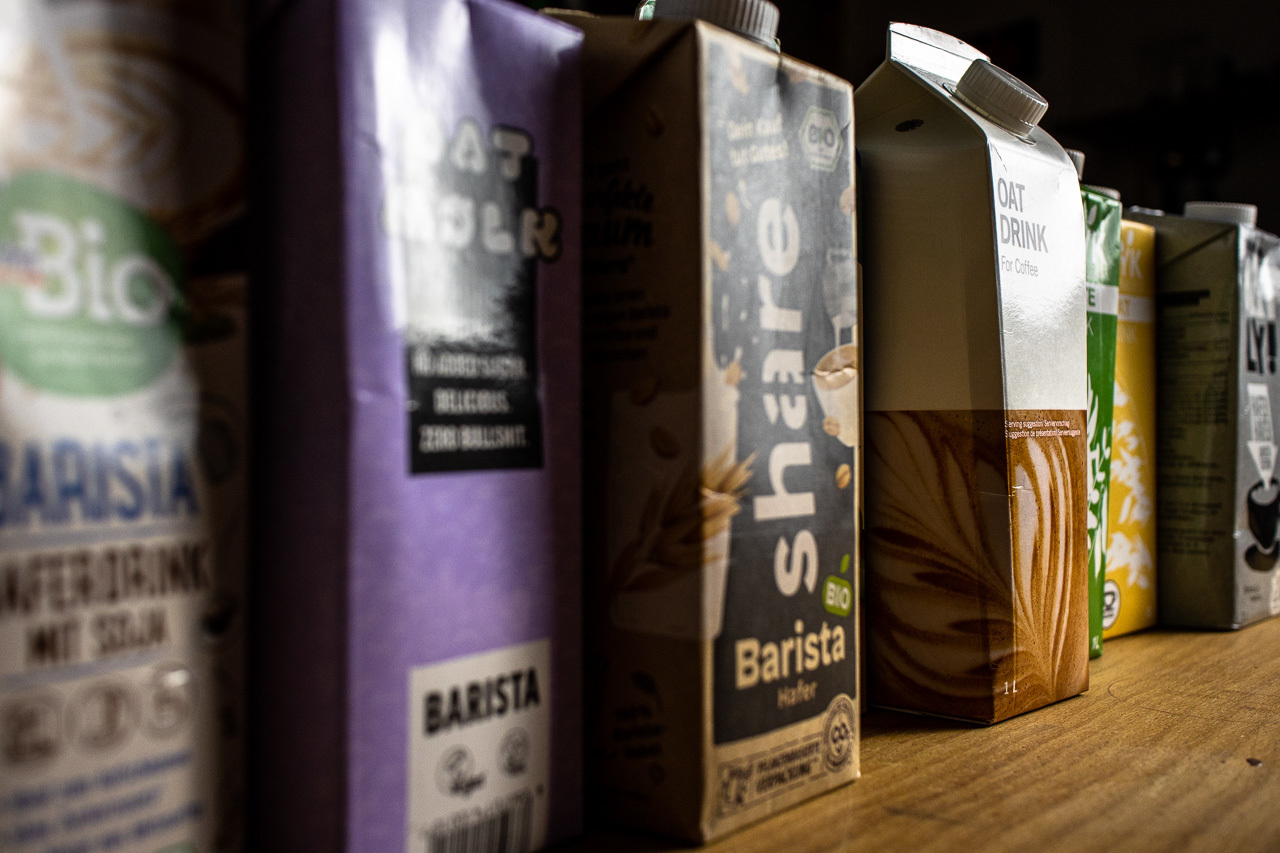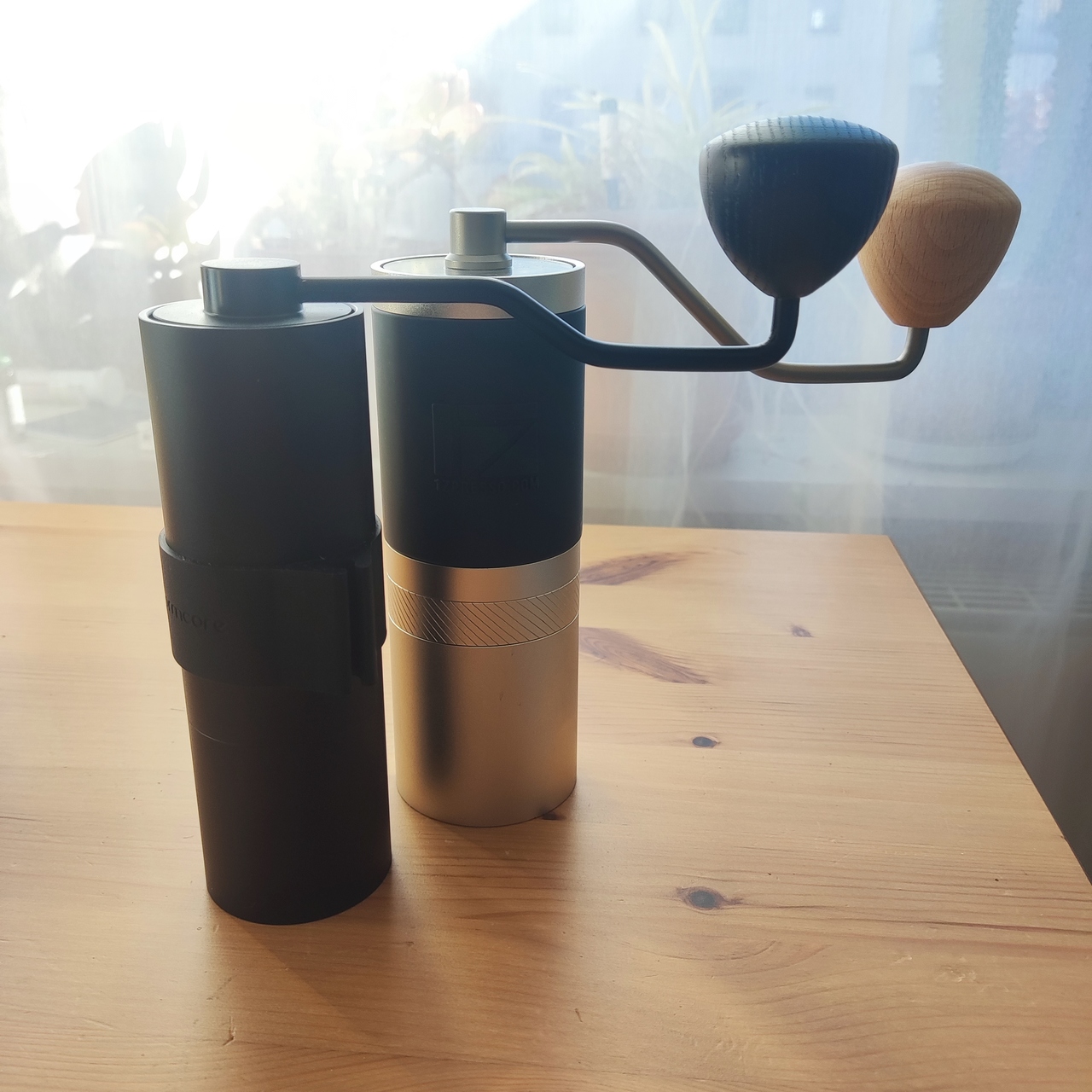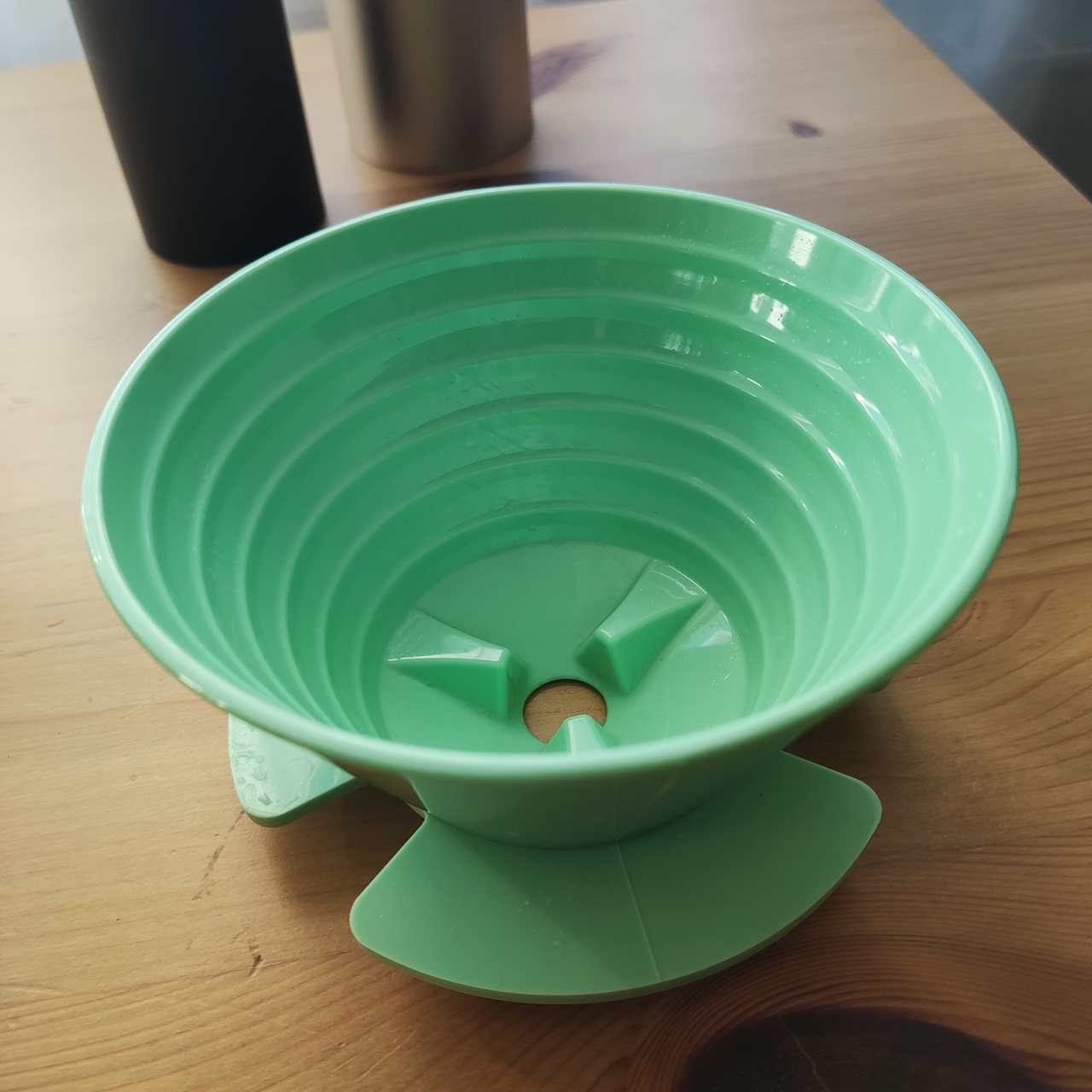Plant based milk alternatives
If you pass by the UHT milk section in any northern european (probably elsewhere too, but I haven't been anywhere else recently) supermarket, you probably have noticed a significant change. In my go to one, for example, about ¾ of it are already devoted to both lactose free dairy and plant based milk alternatives. Even in the fresh milk section you will now find a (smaller) section of plant based alternatives. To me that's good news, but if you maybe have never considered plant based milk alternatives, you may wonder why that's a big deal and why so many alternatives suddenly showed up.

Why use plant based alternatives
In the beginning, when plant based either meant soy, or, if you're lucky, almond, it was more about catering to vegans and to people who are lactose intolerant or have an allergy that makes them not drink milk. A lot of us are at least partially lactose intolerant and in many parts of the world it's the common case, not the exception.
All plant based alternatives have one other big advantage: They are much more environmentally friendly. To varying degrees as we will see, but if you think about it, that does make some sense: Instead of growing crops you then feed to a cow, who then turns that, partially, into milk, if you can grow the same or other crops (soy, for example is used much more for feeding cows than for making milk right now) and with water, a mill and some filters, you can turn that directly into a drink that is also can be made shelf stable very easily. When it comes to grain/milk effectiveness, using the cow is not exactly the most efficient way.
The differences in land and water usage between cow's milk and the plant based alternatives are staggering. The following chart from Our world in data shows some different factors and as you can see in every category there is a huge gap between all the alternatives and cow's milk.
But plant based milk is not milk.
True. Cow's milk is a very special substance, specifically created to support infants (in this case: Little cow infants) in their initial growth phase. It is literally a full meal.
It also has a very specific taste that can't really be replicated by using plants and a texture that is less hard but still hard to replicate.
It also is the basis of a lot of very tasty products made by fermenting the milk, like yogurt, quark, kefir, cheese, etc. etc. – This can also only be partially replicated with plant based milk – Plant based cheese substitutes for example are usually not the result of fermentation.
To me, it makes sense, thus, to divide this up into two categories: 1. The substitution of milk as part of your diet and the resulting changes in your nutrients because of that and 2. the functional substitution of milk in drinks, food etc. For this article, I'll focus on milk itself, excluding any kind of derivatives such as yogurt and cheese.
But milk is an essential food
For infants, yes. Now granted, real cow's milk does contain a lot of super useful stuff, like calcium, a lot of protein and some vitamins as well. I am not a nutrition expert, so I'm not going to say too much about this, but from what I've read so far, all of the “essential” stuff in cow's milk can either be substituted by other sources or, more likely, you'll get enough of these already if you're eating a healthy diet.
That being said, it does make sense to take a good solid look at the carton and figure out how much sugar, how much proteins are in your alternative to figure out how the milk you're consumin adds to your daily intake. If that's your thing.
The milk alternatives vary widely here. Oat milk contains very little proteins for example, to the point where companies started to add legumes such as broad beans to the mix. Soy beans are protein rich from the start, as are peas. That being said the differences are always suble and unless you drink huge quantities of these, the impact on your diet to change between different milk types is probably neglectable.
Plant based milk in my coffee simply doesn't taste as good
To me, especially given how much (or little) milk I've consumed before transitioning away from cow's milk, this is the much more interesting aspect.
For me, personally, the transition was easy, I now almost exclusively drink Oat milk (but more on the options later) and I am now just accustomed to the taste, so much, in fact, that every time I forget to order my coffee with the alternative, I am put off a little by the taste of cow's milk.
To put it plainly: Unless you have very specific issues with every single milk alternative out there, I think you should be able to find an alternative you can enjoy.
Beyond taste, there are also textural issues as well as smell and of course, the look. We are very used to the specific milky white and a more greyish tone from an oat milk might turn you off at first. Some specific products are very thin, where as others have a slight tendency to get a bit slimy. Nothing a thorough round of taste testing couldn't fix.
Of course, this blog is about coffee and I like my flat white ish drink with steamed milk foam so that gives us another thing to talk about: Under which parameters the alternatives behave in a similar way to cow's milk. This may lead to additives such as acid regulators to be deemed necessary to make a milk based alternative viable for steaming. This is especially true for oat milk and I've seen people balk at the mentioning of some of the chemicals used for that. All I can say to that is if you find an alternative that works without such an additive and you find it enjoyable: Wonderful. Of course all of these chemicals are added in quantities that are absolutely harmless for human consumption.
I've been testing out a wide variety of plant based alternatives for using as a steamed milk alternative. My Gaggia Classic is not exactly a steam monster, so these were tests under somewhat harsh conditions. In future posts I will summarise my findings, but please note that the products I was able to test are all european products, sometimes even restricted to the german market. Nevertheless I think just comparing the various archetypes of plant based “Barista” milk alternatives will give you a lot of info you can then transfer to the products available in your region.

